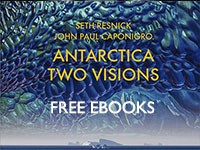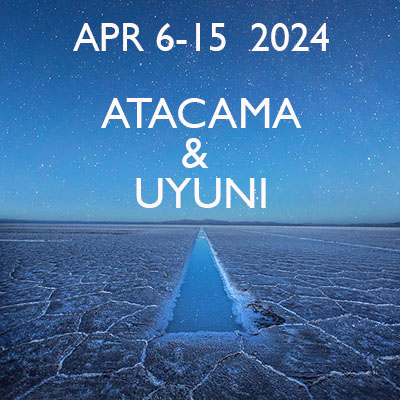Creating Sketches in the Field
March 28, 2016 | Comments Off on Creating Sketches in the Field |
Before and after sketches made in the field.
The virtual contact sheet the above images were selected from.
Seth Resnick
When I’m on location, I shoot lots of material. I cull my work constantly and feel relieved every time I delete another hundred or so images. Some people are amazed that I delete anything, and almost everyone is amazed at just how much I delete.
“…I find that the editing process really helps, and by deleting, I am able to analyze my shoot and create the necessary contact sheets…”
Back in the days of film, I was notorious for shooting large amounts of Kodachrome. In fact, it wasn’t uncommon for me to shoot 50 rolls of film on an assignment. Afterward, I would place the transparencies on a light table and, with a Sharpie, I would put one dot on the ones I liked, narrow it down to several hundred images, and then go back and put two dots and eventually three or four dots on my best images.
For the client, the selected images would go into slide pages, which typically numbered around four pages of images, and probably about eight of the selects had three or four dots. Clients loved this, and I was no different than most other photographers. I certainly would never send in 50 boxes of slides, unless I wanted to ensure that I wouldn’t work again. What’s really interesting is that four pages of slides amounted to 80 to 100 selects.
In the digital age, I find that people simply can’t edit. Ask someone to get the selection down to a hundred, and the typical answer is “No way, I shot 1,000 frames.” Why is digital content so tough for folks to edit? I find that the editing process really helps, and by deleting, I am able to analyze my shoot and create the necessary contact sheets or sketches so I can eventually find my exhibition images.
My goal in the field is to create what I call “working contact sheets.” I rate my work with two, three, four, and five stars. An image with two stars signifies a good idea but simply doesn’t work. An image with three was done well but doesn’t elicit much of a feeling from within, and I know that I can do better. A four is something that really works well, and I am proud of it. A five would be a lasting portfolio image. The longer you shoot, the higher the bar gets raised, and the more difficult it becomes to truly get four- and five-star images. Sometimes I get frustrated, and I instinctively think about a song from Sesame Street entitled Counting to Four. It makes me laugh when I see how easy it is to get a three, and how difficult it can be to get to the number four.
In the field, I make very basic adjustments. I take the three-star and four-star images and put them in a collection. They are a collection of the best of what I shot, but not necessarily portfolio images. From these sketches, I eventually select a few of the best and, after some additional work, those become portfolio images for galleries and prints.
These sketches are a critical step in my creative process. I need to live with the body of work for a while before I can even get to point of really selecting the finals for galleries and exhibitions. I also find that I need to get over the initial “wow” factor of being on location. It’s funny how some images that totally sizzle in your mind when you click the shutter begin to fizzle out when you look at them a week or so later.
View sketches from my most recent adventures here.
Read about John Paul Caponigro’s Contact Sheets.
Comments
You must be logged in to post a comment.






